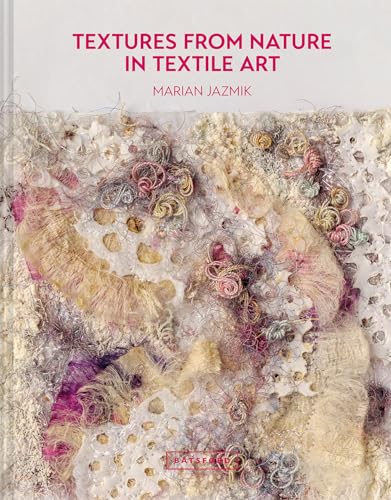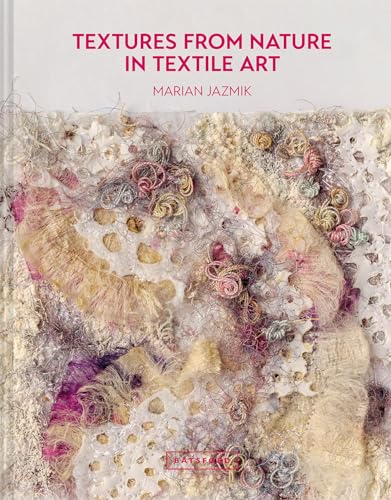Textures from Nature in Textile Art: Natural Inspiration For Mixed-Media And Textile Artists is a comprehensive guide that explores the use of natural textures in textile art. This book serves as a valuable resource for mixed-media and textile artists seeking inspiration from the beauty of nature. The author emphasizes the importance of incorporating organic elements into textile creations, showcasing how these textures can enhance the overall aesthetic and storytelling of the artwork. With stunning visuals and step-by-step instructions, this book offers techniques and tips for incorporating various natural materials into textile art, such as leaves, flowers, and branches. It also delves into the use of different textile techniques, including embroidery, appliqué, and fabric manipulation, to create unique and visually captivating pieces. Whether you are a beginner or an experienced artist, Textures from Nature in Textile Art is a must-have resource for anyone looking to infuse their textile creations with the wonders of the natural world.
The Beauty of Textures from Nature in Textile Art
Textile art has long been a medium for artists to express their creativity and ingenuity. From quilting to embroidery, textile artists have found ways to bring beauty and meaning to their creations. One of the most inspiring sources of inspiration for these artists is the textures found in nature.
Exploring Natural Textures in Mixed-Media and Textile Art
Nature provides a vast array of textures that can be translated into textile art. From the roughness of tree bark to the smoothness of a pebble, these textures can add depth and visual interest to a piece. Textile artists often take inspiration from the patterns found in leaves, flowers, and even animal skin. By incorporating these textures into their work, they create a sense of connection to the natural world.
Textures in textile art can be achieved through a variety of techniques. Embroidery, for example, can mimic the delicate veins of a leaf or the intricate patterns of a butterfly’s wing. Appliqué allows artists to add layers of fabric to create depth and texture, much like the layers found in nature. Quilting, with its intricate stitching patterns, can imitate the ripples of water or the contours of a landscape.
When working with textures from nature, textile artists often use a combination of materials. Natural fibers like cotton, linen, and silk can be manipulated to create different textures. Artists may also incorporate found objects such as shells, feathers, or even dried leaves to add an extra dimension to their work.
In conclusion, textures from nature provide endless inspiration for mixed-media and textile artists. By incorporating these textures into their work, artists can create pieces that not only capture the beauty of the natural world but also evoke a sense of connection and wonder.
Textures from Nature in Textile Art
Publisher: Batsford (August 5, 2021)
Language: English
Hardcover: 128 pages
ISBN-10: 1849946701
ISBN-13: 978-1849946704
Item Weight: 1.72 pounds
Dimensions: 8.85 x 0.6 x 11.15 inches



